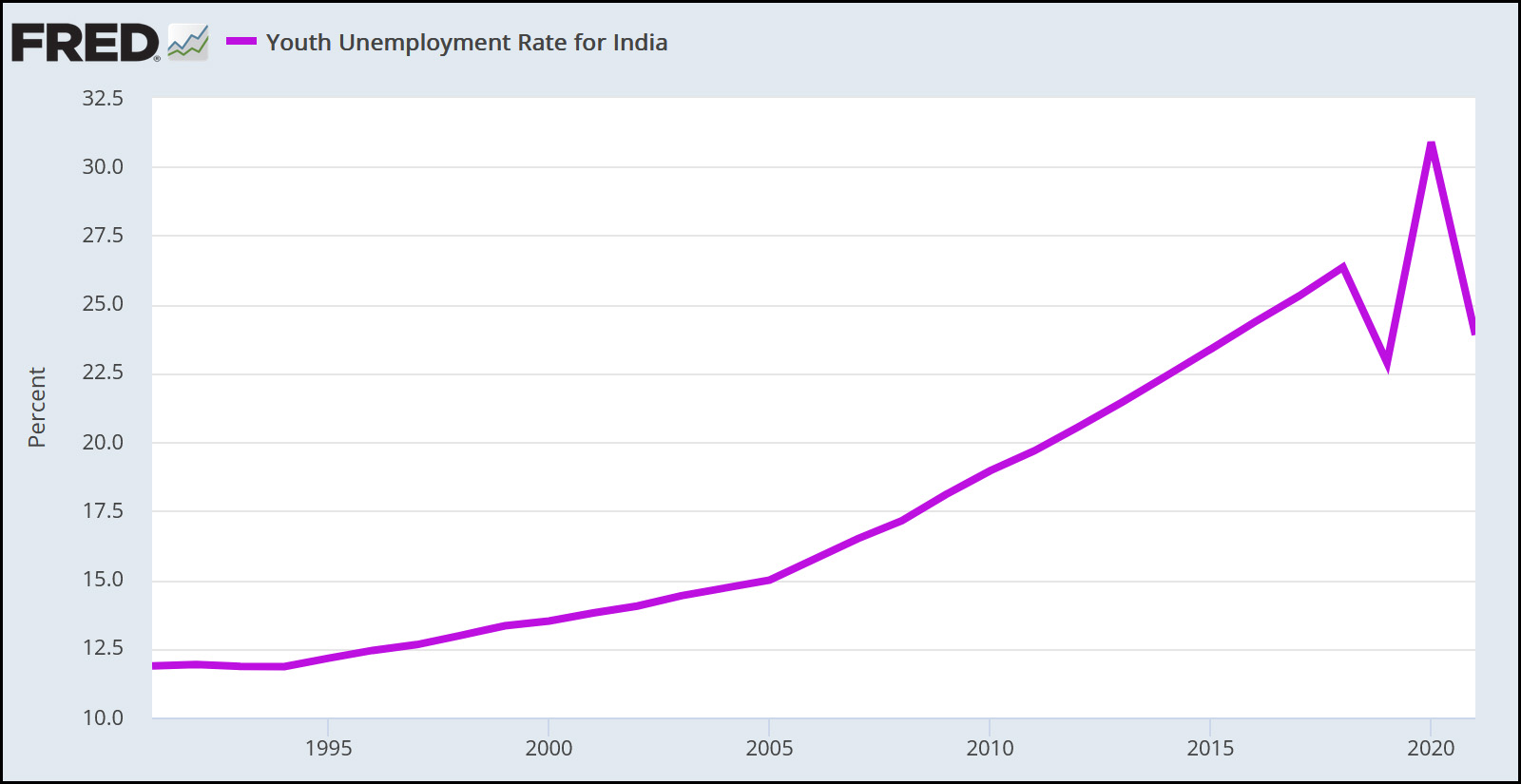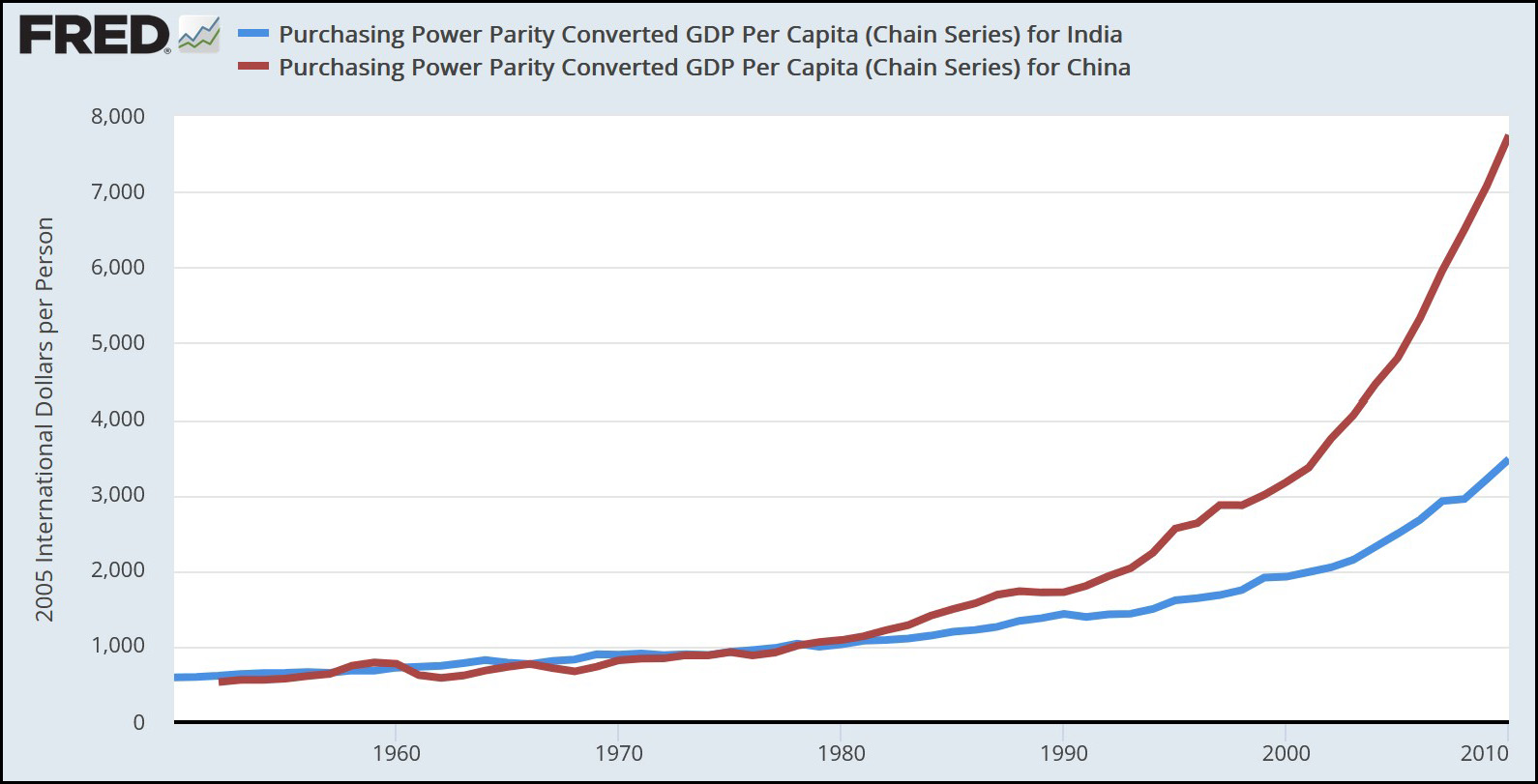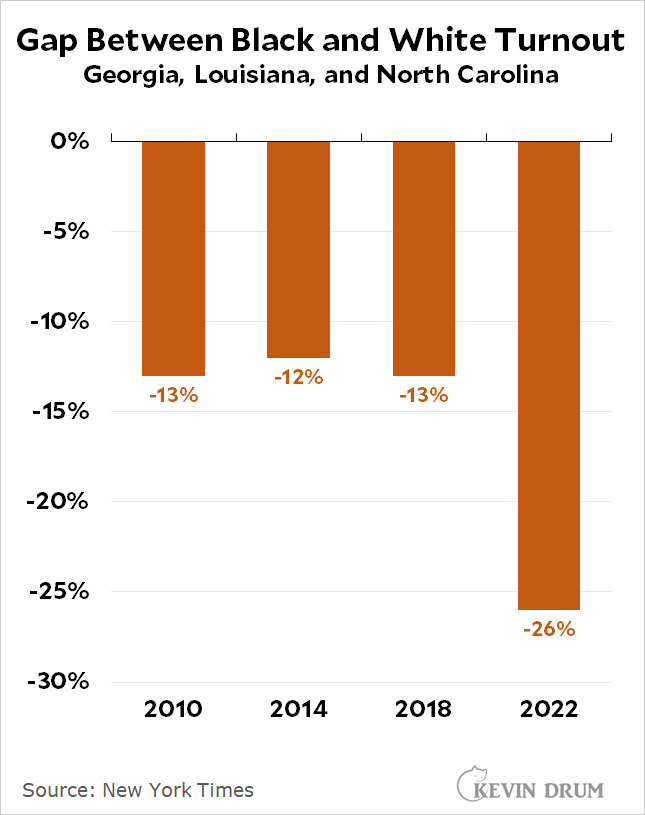Responding to the recent cases of people being shot just for knocking on a door, Atrios wants to know what's going on. After all, it wasn't like this back when he was growing up:
Someone walking up the driveway wasn't threatening. Certainly pulling into a someone's drive to make a "u-turn" was standard practice.
Of course it's obscene that anyone is inspired to pull out a gun and start shooting over these things, but how did "someone at my door or in my driveway" start being seen as intrusive behavior at all?
I mean, people shouldn't be pulling out guns and shooting at every perceived threat, but how did these things start being seen as perceived threats?
I have a thought about this. Two thoughts, actually.
First, this might have been more common back in the day than Atrios thinks. Certainly we were all taught to be suspicious of strangers knocking on the door at night. And while I don't personally know of anyone being shot for this, that doesn't mean it never happened. Back then, before the rise of cable news and social media, this was the kind of local story that never went national.
More provocatively, though, I suspect there has been some change and it's largely due to a lagging effect of the great crime wave of the '70s and '80s. As that crime wave swelled, we steadily became acclimated to the idea that threats were everywhere. Eventually we became afraid of virtually any interaction with a young man (especially a young Black man), let alone a knock on the door late at night from one of these suspicious folks.
Over the past few decades this danger has largely abated. Crime is still around, of course, and it's still mostly the province of young men, but it's not much more common than it was in the '60s. We don't need to be reflexively scared of young men these days:¹

But we're scared regardless. Cops are. Families are. Teachers are. And when everyone is scared, bad things happen.
This is why I think the lead theory of crime is important. In one sense, it's strictly an explanation of past behavior: namely the rise and fall of crime between about 1965 and 2010. It's no help in explaining changes in crime rates today.
But it does explain why we should no longer be reflexively afraid of young men. It's because our original fear was driven by a generation of young men who were unusually aggressive and violent because they had been lead poisoned in childhood. Now, with the lead gone, they are back to normal and we don't have to be especially scared of them. It would be nice if people could truly internalize this.
¹The chart comes from Rick Nevin, and it's based on the latest data. More here.








